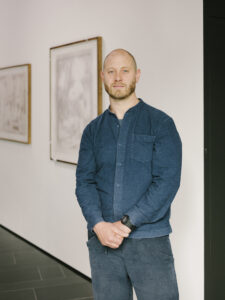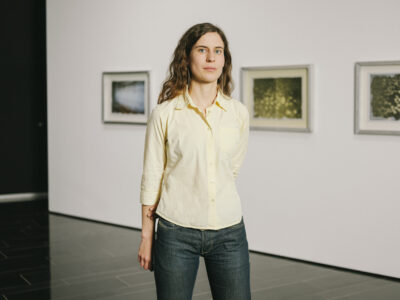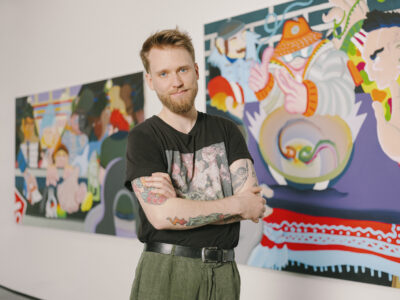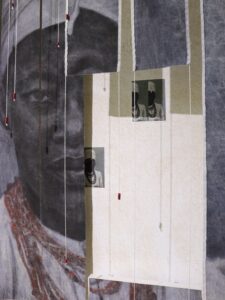
Exhibitions
DIE STUMMEN, DIE TAUBEN, DIE BLINDEN
Oct 13 – Nov 24, 2005
Oct 13 – Nov 24, 2005
Christian Schwarzwald
OPENING
Wednesday, 12.10.2005, 6.30 pm
WELCOME
Hans-Peter Haselsteiner
ABOUT THE ARTIST
Barbara Baum, STRABAG Kunstforum
The collaged and combined works are based on a seemingly provisional concept determined by poetry and chance, which unites reproducibility, irritation and illusionism. The viewer is emotionally and physically integrated into the new space of experience, in which bizarre portraits of humans and animals are combined with timbered, plastered wooden walls and abstract patterns.
Photos: STRABAG ART
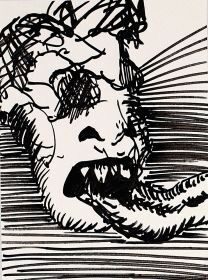

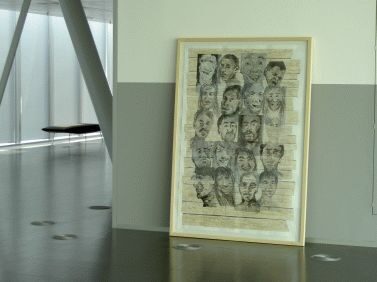
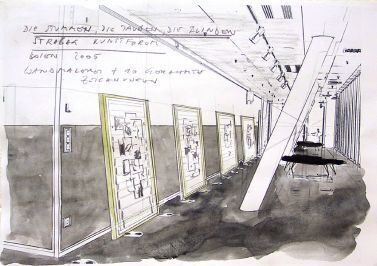
Upcoming

